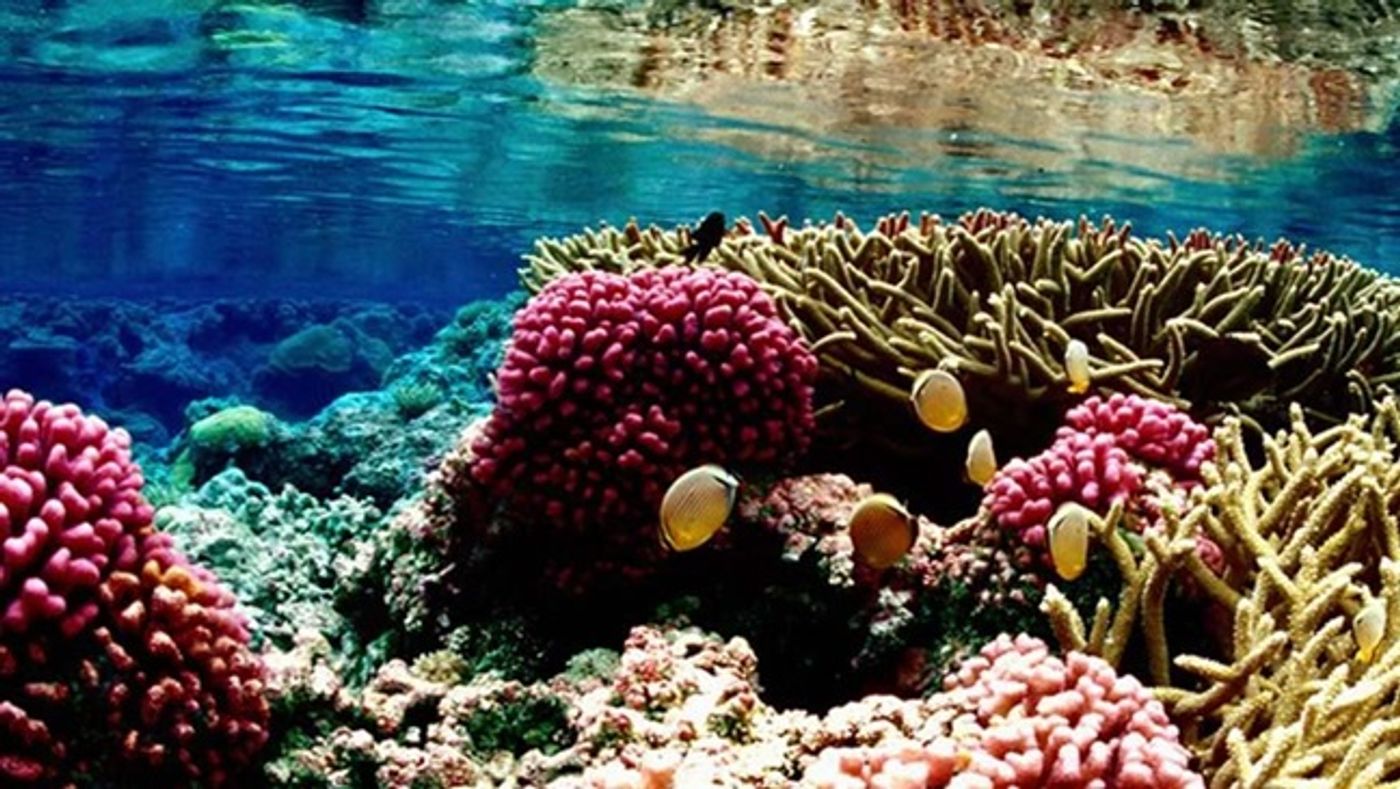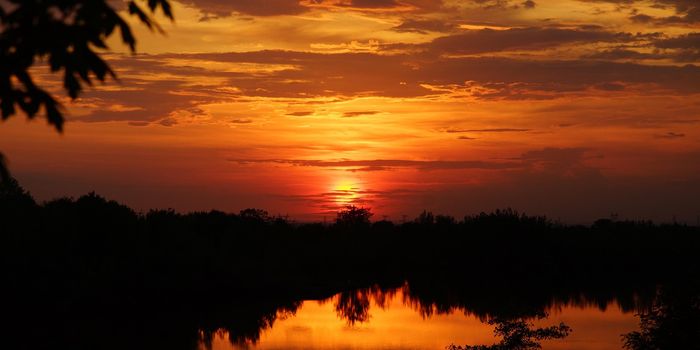What happens if Zinke opens up three national marine monuments to commercial fishing?
Secretary of the interior, Ryan Zinke, has the responsibility of protecting our country’s national parks and monuments. Instead, he has recommended that President Trump cut several terrestrial and marine monuments. You may have heard more about the four land national monuments that he plans to reduce (like Bears Ears and Grand Staircase), but the marine monuments that Zinke is trying to alter have a lot at stake too and encompass an area larger than three times that of California.
The two marine monuments in the Pacific and one in the Atlantic are special because they provide homes to important ocean species. Rose Atoll, covering a 10,000-square mile ecosystem around two islands and a coral reef ring near American Samoa was protected in 2009. It is the breeding spot for 97 percent of seabirds in the region.
The Pacific Remote Islands, which was also created in 2009 by George W Bush and later expanded by Barack Obama, covers 490,500 square miles of what FWS called “the last refugia for fish and wildlife species rapidly vanishing from the remainder of the planet”. In addition to sea turtles, dolphins, whales, sharks and giant clams, the region also is home to the world’s largest Sooty Tern colony as well and endangered Phoenix Petrels and White-throated Storm-petrels.
Nestled off the coast of the Cape in Massachusetts, the Northeast Canyons and Seamounts National Monument in the Atlantic is the newest of the monuments facing changes. Created just last year, the cold corals in the seamounts are a breeding ground for fish that grow up to bolster local fisheries and Atlantic Puffins.
“These ‘blue parks’ harbor unique species, a wealth of biodiversity and special habitats,” said Jane Lubchenco, the administrator of NOAA between 2009 and 2013. “They are undersea treasures. I fervently hope that these incredible marine monuments will not be degraded by opening them up to extractive activities. There are plenty of other places in the ocean to fish.”
If President Trump accepts Zinke’s recommendations, 62 million acres of the monuments in the Pacific would be open to commercial fishing and the monuments would be reduced in size. In the Atlantic, over 3 million acres of the monument would be open to commercial fishing as well.
Sources: The Guardian, Audubon, Bangor Daily News









